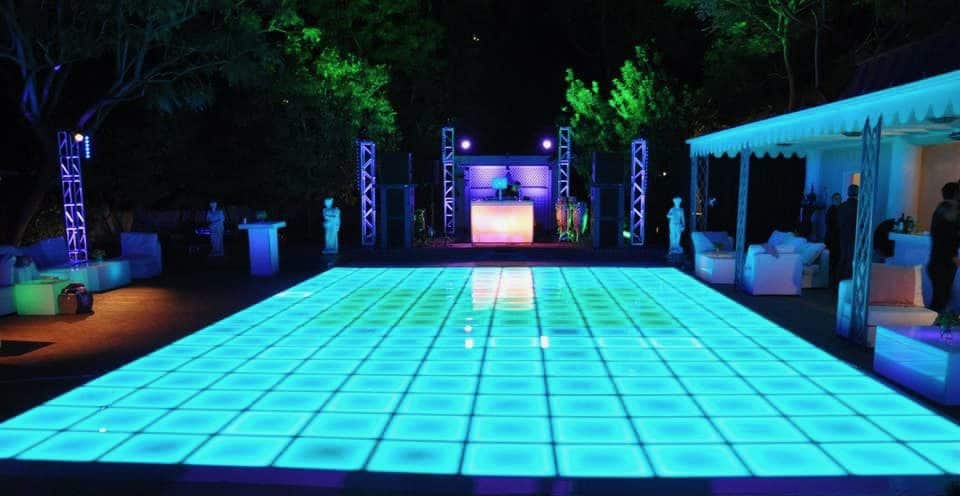One of the primary common materials used in modern dance floors is LED illumination. Light-emitting diode lamps are energy-efficient and can produce a wide range of hues and impacts. They can be integrated in the floor directly or used as part of a illumination system above the dance floor. This technology allows for synchronized light displays that can alter in reaction to the melodies, creating an engaging experience. The ability to program these lamps means that they can be customized to match different concepts or moods, making each event unique.

Another important material is mirror-like materials, such as mirrors or shiny tiles. These materials can create an illusion of area and dimension, making the dance floor appear larger than it actually is. When performers move, their images can add an extra layer of visual appeal, enhancing the overall performance. Additionally, mirror-like materials can interact with illumination impacts, amplifying the colors and designs displayed on the floor. This combination of light and mirroring can enthrall audiences and elevate the vitality of the event.
In addition to illumination and mirror-like materials, the use of electronic screens has grown increasingly popular in dance floor creation. These screens can display lively images, animations, or even real-time feeds of the show. By integrating digital innovation, occasion organizers can create a multi-sensory encounter that engages both the dancers and the spectators. The capability to change visuals in actual time allows for a fluid atmosphere that can adapt to the beat and vitality of the music, making each moment feel new and thrilling.
Furthermore, the choice of surface substance itself plays a crucial role in the overall encounter. Classic wooden dance floors are still favored for their durability and functional qualities. However, more modern substances like vinyl and rubber are becoming favor due to their flexibility and ease of maintenance. These substances can provide superior shock absorption, reducing the chance of harm for performers. Additionally, they can be designed with various patterns and hues, allowing for artistic webpage expression in the dance floor's appearance.
In conclusion, the evolution of dance floors into breathtaking visual experiences relies on a combination of creative substances and technologies. LED illumination, mirror-like surfaces, digital screens, and customized flooring substances all contribute to creating an engaging setting for performers and audiences. As technology continues to progress, the opportunities for enhancing dance floor creation will only grow, making future events even more captivating and memorable. Understanding these substances helps appreciate the artistry involved in creating environments where dance and music come together harmoniously in unison.